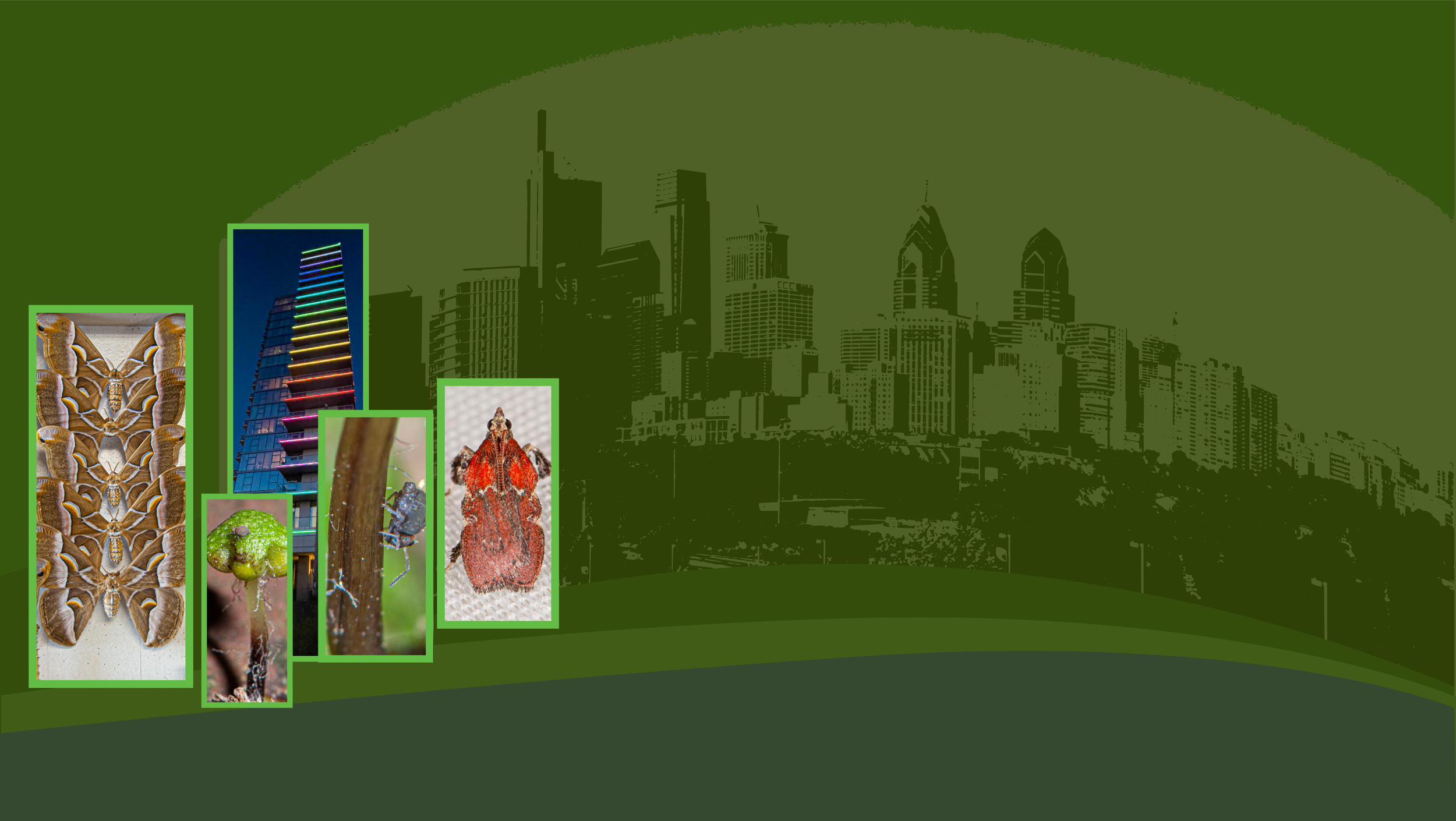
Meet and Mate.
A view of how wild plants and animals adapt to a concrete cityscape.
A study of urban natural history.

Mating systems of wild flora and fauna in the city are diverse.
My study of natural history in the city considers how mating strategies are adapted to the city.
Background in Natural History.
During childhood I collected butterflies. As a teenager I attended a summer camp dedicated to study of wild plants and animals. These activities nurtured my interest in natural history.
In the 1960’s at Amherst College, I majored in biology. Professor Lincoln Brower took me on as his research assistant for two summers during his studies of mimicry in tropical butterflies. We did field work at the William Beebe Tropical Research Station in Trinidad. My senior thesis advisor was Professor William F. Zimmerman who introduced me to the study of circadian rhythms. Later, Robert L. Edwards, my father-in-law, mentored me in arachnology during field trips around Cape Cod. David A. Hewitt, research associate at the Academy of Natural Sciences of Drexel University, encouraged me to delve into both botany and urban ecology. In the past decade, many others at the Academy have supported my exploration of natural history.
Several Academy-based clubs and organizations have helped me pursue natural history. They include the American Entomological Society, the Philadelphia Botanical Club, and the Delaware and Valley Ornithological Club. Staff at Bartram’s Garden, an historic botanical garden in Philadelphia, inspired me to study the work of 18th and 19th century Philadelphia naturalists. Friends and neighbors have joined me in the field. They have shared with me their keen observations.







